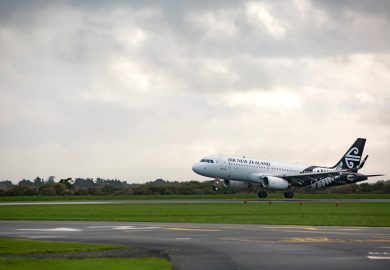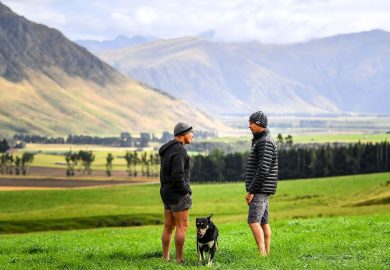Approach
The key focus of this workstream is to develop the region’s fourth Energy Strategy which will be facilitated by Great South in partnership with Murihiku Regeneration. This Strategy will provide clarity surrounding the likely energy demand and associated actions required to achieve an energy balance for Southland Murihiku.
This Strategy will identify new energy generation opportunities, transmission infrastructure and energy systems resilience. It will also focus on ‘Energy in the Landscape’ by identifying energy generation opportunities that are in keeping with the natural and cultural environment. A range of associated opportunities relating to distributed generation, technology, cleantech, improvements to building energy standards, air quality improvements as well as skills development opportunities will be canvassed in the proposed Strategy. Regulatory alignment and enabling policy development will also be explored.
A Steering Group will help guide the Regional Energy Strategy development process.
The Regional Energy Strategy is in partnership with MBIE and will align with the renewable energy focus of Murihiku Regeneration Just Transition workstream, Clean Energy.
It is agreed with MBIE and other key stakeholders that the timing is right and that this piece of work is important to ensure that Southland Murihiku energy requirements are clearly articulated and can then dovetail into the Aotearoa New Zealand Energy Strategy. It will also inform other key regulatory processes, including regional spatial planning linked to the RMA reform and decarbonisation aspirations.
Key Outcomes
Delivery of the Regional Energy Strategy, which will provide clarity surrounding the likely energy demand and associated actions required to achieve an energy balance for Southland Murihiku.
Findings from the Regional Energy Strategy will be used to inform the Aotearoa New Zealand Energy Strategy, regional spatial, regulatory and transport planning processes as well as identify future investment and energy options for decarbonisation.




